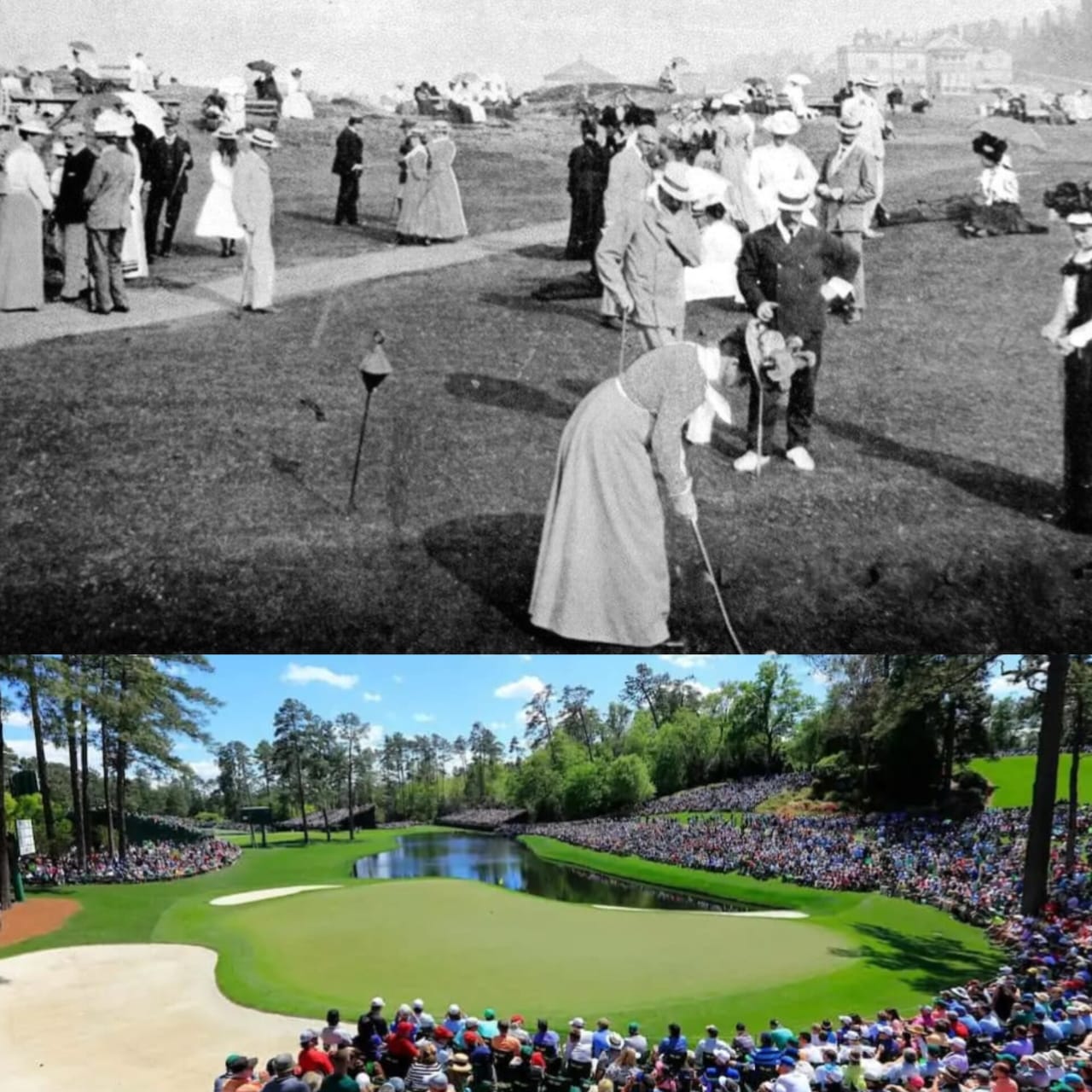
Golf, a sport deeply rooted in tradition, has evolved significantly over the centuries. One of the most fascinating aspects of this evolution is the stark contrast between old, classic golf courses and their modern counterparts. From design philosophies to environmental considerations, these two eras of golf course architecture offer unique experiences and challenges to players.
The natural terrain and landscapes shaped old golf courses, such as the Old Course at St. Andrews or Pinehurst No. 2. Architects of these courses embraced the existing topography, designing layouts that blended seamlessly with nature. The fairways meandered around dunes, marshlands, and natural hazards, creating a sense of harmony with the environment. These courses often have an understated beauty, with minimalistic designs emphasizing strategic shot-making over brute force.
Modern golf courses, on the other hand, reflect the advancements in technology and construction. Architects like Tom Fazio and Robert Trent Jones Jr. often work with heavy machinery to sculpt the land, creating dramatic features like elevated tees, large water hazards, and sprawling bunkers. These courses are designed with visual impact in mind, featuring lush, manicured fairways and bold, eye-catching elements.
Old courses tend to prioritize strategy and creativity. Players must navigate narrow fairways, uneven lies, and unpredictable wind conditions, especially on links courses. The emphasis is on precision, with risk-reward scenarios that test a golfer’s decision-making skills. For instance, St. Andrews’ famous “Road Hole” requires a perfectly placed tee shot to avoid disaster.
Modern courses, however, are often designed with the modern golfer in mind, accommodating advancements in equipment and skill levels. With wider fairways and larger greens, these courses may appear more forgiving at first glance. However, the inclusion of deep bunkers, intricate water features, and lengthier holes challenges players to leverage their power and precision. TPC Sawgrass’ iconic 17th hole, a par-3 island green, epitomizes the visual and strategic drama of modern designs.
The technological advancements in golf have significantly influenced course design. Older courses were built when wooden clubs and less aerodynamic balls were the norm. As a result, many of these courses are shorter in length, with par 4s averaging around 350-400 yards. Modern equipment, which allows players to hit farther and more accurately, has rendered some older courses obsolete for professional tournaments.
In response, modern courses are built longer, with par 4s often exceeding 450 yards to accommodate the power of today’s players. Additionally, modern courses incorporate advanced irrigation systems, lighting for night play, and state-of-the-art clubhouses, enhancing the overall golfing experience.
Old courses were inherently sustainable, as their designs worked with the natural landscape rather than against it. The reliance on native grasses and minimal irrigation kept maintenance requirements low, ensuring that these courses had a smaller environmental footprint.
Modern courses, while visually stunning, often require significant resources to maintain their pristine conditions. Water usage, chemical fertilizers, and energy consumption can be high. However, a growing emphasis on sustainability has led to eco-friendly practices in modern golf course design. Many new courses now integrate native vegetation, water recycling systems, and solar-powered facilities to reduce their environmental impact.
Old courses carry a sense of history and tradition that modern courses cannot replicate. Walking the fairways of a centuries-old course allows golfers to connect with the game’s origins and the legends who have played there. The aura of timelessness, combined with unique quirks and traditions, makes these courses a pilgrimage site for golf enthusiasts.
Modern courses, while lacking historical weight, often reflect contemporary culture and innovation. They cater to a broader audience, offering amenities such as luxury resorts, spas, and fine dining. These facilities aim to attract not just golfers but also families and corporate groups, broadening the sport’s appeal.
Classic courses often have an air of exclusivity, with many being private or members-only clubs. The strict traditions and dress codes can deter casual players or beginners. However, public access courses like Bethpage Black demonstrate that historic courses can be inclusive.
Modern courses, particularly those in resort destinations, tend to be more accessible. Many are designed to accommodate players of all skill levels, offering multiple tee boxes and family-friendly layouts. This inclusivity is essential for the growth of the sport, inviting a new generation of golfers to experience the game.
The contrast between old and modern golf courses highlights the evolution of the sport and its adaptability to changing times. While old courses offer a nostalgic journey into golf’s rich history, modern courses provide innovative challenges and luxury experiences. Both have their unique charms and rather than competing, they complement each other by catering to different aspects of the golfing community.
Ultimately, whether you’re teeing off at a historic gem like St. Andrews or a cutting-edge masterpiece like Shadow Creek, the joy of the game remains timeless. Golfers have the privilege of experiencing the best of both worlds, savouring the traditions of the past while embracing the innovations of the future.